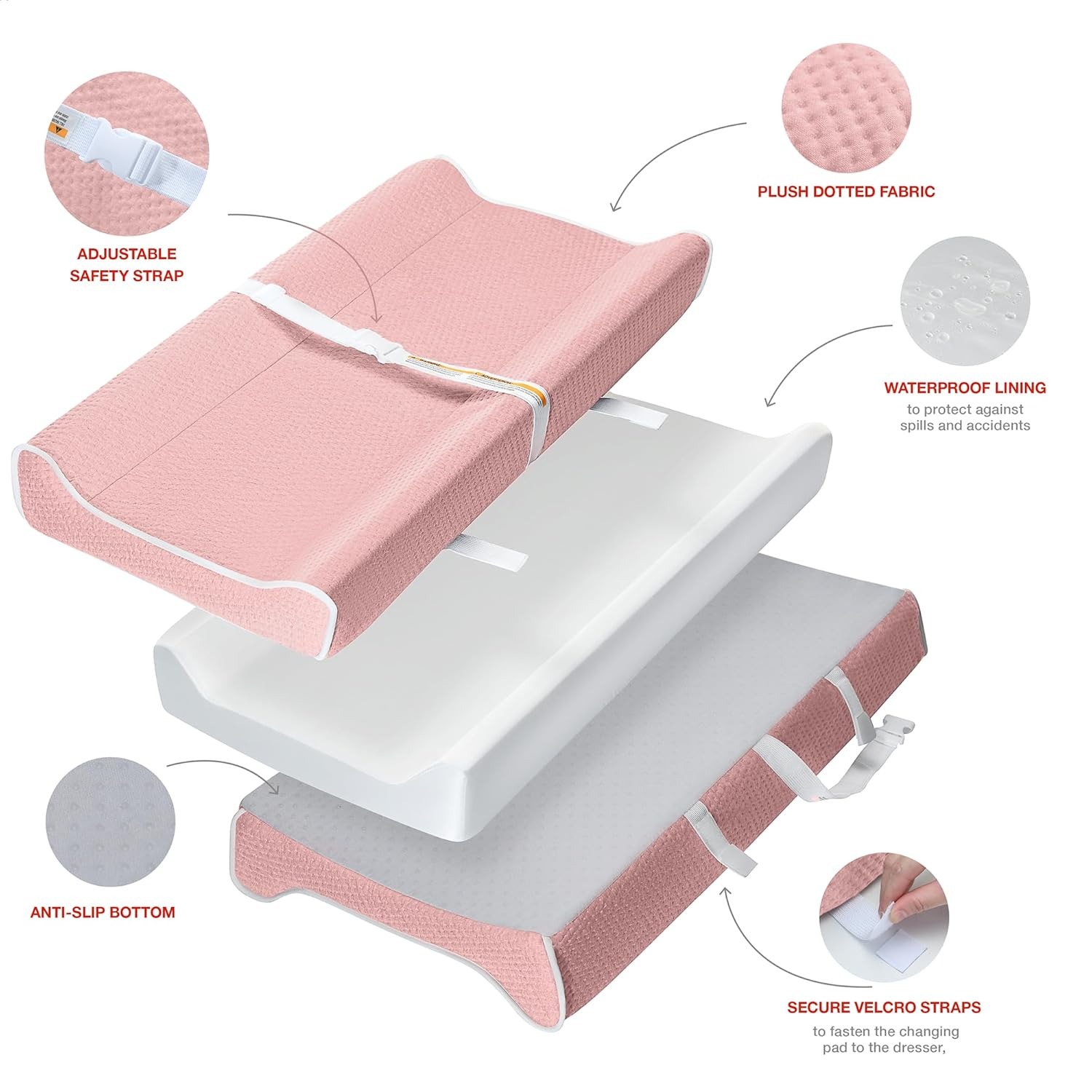What Is a Changing Table Topper and Why Use It?
A changing table topper is a reusable protective cover designed to fit over a baby’s changing table, creating a hygienic, slip-resistant surface for diaper changes. Its primary purpose is to shield furniture from stains, leaks, and bacteria while offering comfort and safety for your baby. Key benefits include:
- Hygiene & Protection: Waterproof materials block spills, reducing bacterial buildup on surfaces.
- Cost-Effectiveness: Replaces disposable pads, saving money over time.
- Convenience: Machine-washable designs simplify cleanup after leaks or messes.
- Safety: Non-slip backing keeps the topper in place, minimizing fall risks.
- Style: Customizable patterns let you match nursery decor.
Ideal for home or travel, it adapts to any setup—whether using a traditional changing table or a DIY surface. Unlike single-use pads, it’s eco-friendly and durable, making it a practical investment for modern parenting.
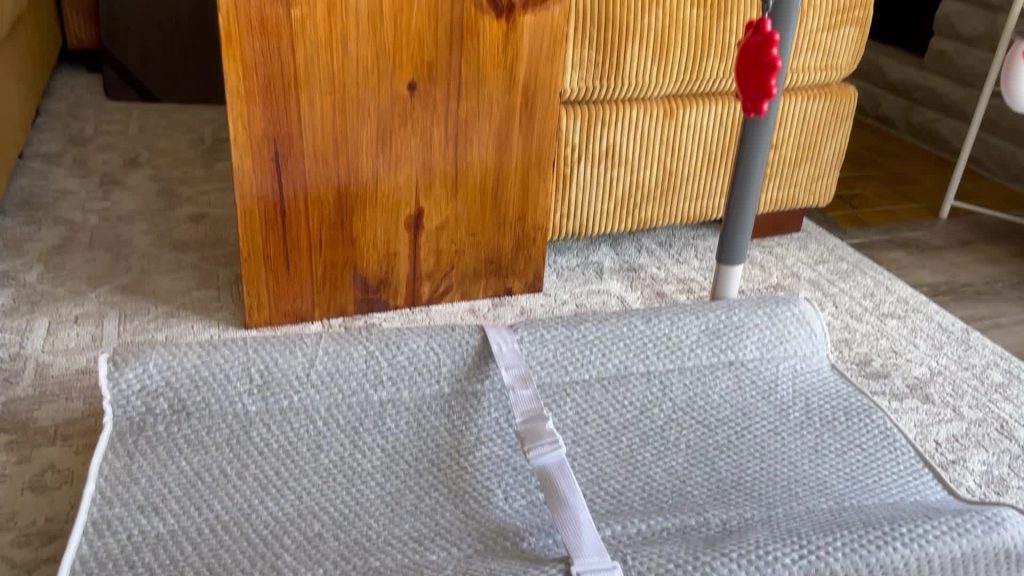
Core Benefits of a Changing Table Topper
A changing table topper delivers practical advantages that simplify parenting while protecting both your baby and your home:
- Hygiene & Sanitation
Waterproof materials block leaks and spills, preventing stains and bacterial growth on your furniture. Regular cleaning ensures a germ-free surface for every diaper change. - Safety Enhancements
Non-slip backing keeps the topper securely in place, reducing the risk of your baby sliding off the table. Some designs include raised edges or guardrails for added protection. - Convenience & Time-Saving
Machine-washable toppers cut cleanup time compared to scrubbing bare surfaces. Simply wipe away messes or toss the topper into the laundry after leaks. - Aesthetic Flexibility
Choose from patterns, colors, or themed designs to complement your nursery’s decor. Neutral tones or playful prints let you customize without redecorating. - Cost Efficiency
Reusable toppers eliminate the need for disposable changing pads, saving money over time. They also extend the life of your furniture by shielding it from wear and tear. - Travel Adaptability
Portable options clip onto strollers or fold for travel, ensuring hygienic changes on-the-go without bulky gear.
By addressing hygiene, safety, and practicality, a well-chosen topper becomes an indispensable tool for daily care routines.
Material Choices for Optimal Performance
Selecting the right materials ensures your changing table topper remains functional and durable. Prioritize these features:
- Waterproof Outer Layer
Opt for polyurethane laminate (PUL) or silicone-backed fabrics to repel leaks. Avoid porous materials like untreated cotton, which trap moisture and promote mold. - Soft Inner Lining
Use breathable fabrics like fleece, microfiber, or organic cotton for baby’s comfort. Avoid rough textures that might irritate sensitive skin. - Non-Slip Base
Choose toppers with rubberized backing or adhesive-free grips to prevent sliding on smooth surfaces. Test the grip on your table before purchase. - Durability & Stitching
Look for reinforced seams and thick, tear-resistant materials. Thick padding adds cushioning but may reduce washability—prioritize based on your needs. - Hypoallergenic Options
Parents with babies prone to rashes should select hypoallergenic, chemical-free materials like medical-grade silicone or OEKO-TEX certified fabrics. - Eco-Friendly Materials
Consider organic cotton or recycled polyester for an environmentally conscious choice.
By balancing waterproofing, comfort, and stability, you ensure the topper serves its purpose without compromising safety or hygiene.
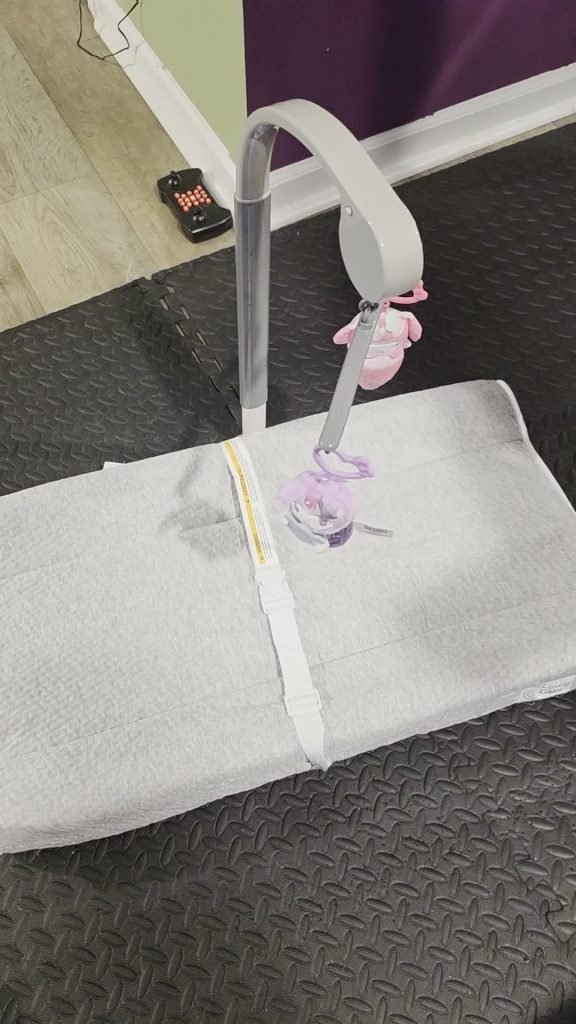
Hygiene and Maintenance Tips
Proper care keeps your changing table topper hygienic and functional. Follow these steps:
- Immediate Post-Change Cleaning
Wipe spills and leaks with disinfectant wipes after each use. Discard used wipes immediately to prevent cross-contamination. - Regular Washing Schedule
Machine-wash the topper weekly or after significant messes. Use mild detergent and cold water to preserve waterproofing. Avoid fabric softeners, which can clog pores. - Drying Practices
Air-dry the topper completely—never store it damp. Sunlight naturally sanitizes materials and prevents mold, but avoid prolonged exposure to UV light, which can degrade fabrics. - Deep Cleaning
For tough stains, soak in a bleach solution (1 part bleach to 10 parts water) for 10–15 minutes. Rinse thoroughly and air-dry. - Storage Tips
Store the topper flat or loosely folded in a dry area. Avoid compressing it for long periods, as this can weaken waterproof layers. - Inspect Regularly
Check for worn seams or damaged corners monthly. Replace the topper if waterproofing fails (e.g., liquid seeps through).
By maintaining hygiene rigorously, you ensure a safe, long-lasting product that protects both baby and furniture.
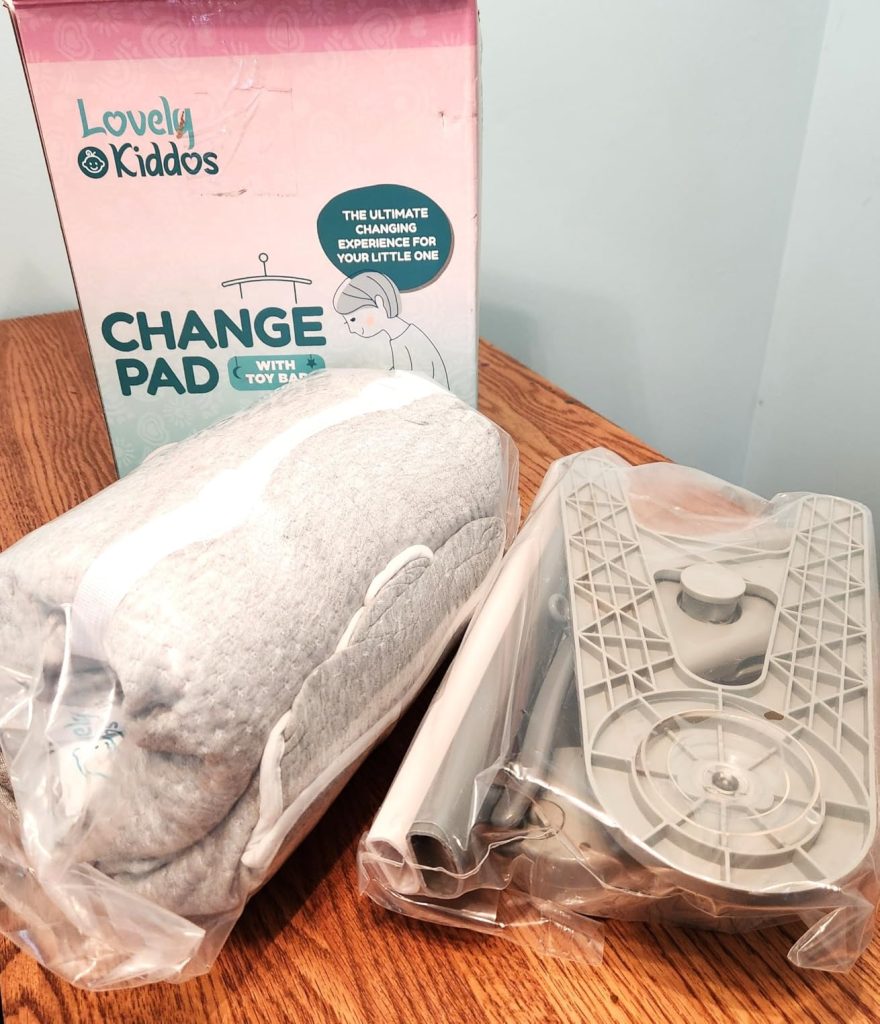
Travel-Friendly Options
Maximize mobility with changing table toppers designed for on-the-go use:
- Compact Folding Designs
Opt for lightweight, foldable toppers that compress into pouches. Look for materials like silicone or nylon that resist wrinkles and pack easily. - Clip-On Systems
Use toppers with adjustable straps or snaps that secure to strollers, luggage, or picnic tables. Some attach to diaper bags for hands-free access. - Multi-Purpose Functionality
Choose toppers that double as floor mats, car seat covers, or picnic blankets. Look for neutral colors for versatility. - Waterproof & Lightweight Materials
Prioritize quick-drying fabrics like polyester or PUL. Avoid bulky padding to keep the topper lightweight. - Portable Storage Solutions
Store folded toppers in compression bags or dedicated pockets in diaper backpacks. Lightweight options fit in purses or glove compartments. - Emergency Backup Kits
Carry disposable liners or a small travel topper in your car or suitcase for unexpected changes.
These options ensure hygienic, stress-free diaper changes whether you’re flying, road-tripping, or visiting public restrooms.
DIY Changing Table Topper Ideas
Create a custom changing table topper with these budget-friendly DIY solutions:
- Layered Fabric Design
Sew a waterproof outer layer (e.g., PUL fabric) to a soft inner lining (e.g., fleece). Add a non-slip rubber mat between layers for stability. - Repurpose Household Items
Stretch an old shower curtain over your table—pair it with a disposable liner for hygiene. Use old towels or blankets as inner padding. - Clip-On Solution
Attach adhesive-backed non-slip pads to a disposable changing pad, then secure it with bungee cords or suction cups. - No-Sew Option
Cut a waterproof tablecloth to size and layer it with a washable cloth. Use heavy-duty adhesive strips to prevent slipping. - Upcycle Old Clothing
Line a denim or canvas tote bag with PUL fabric, then stuff it with batting for cushioning. Zip it closed for easy washing. - Add Storage Pockets
Sew fabric pockets to the topper’s edges to hold wipes, creams, and diaper tabs. Use magnetic closures for quick access.
These ideas balance creativity and functionality, offering eco-friendly alternatives to store-bought options.
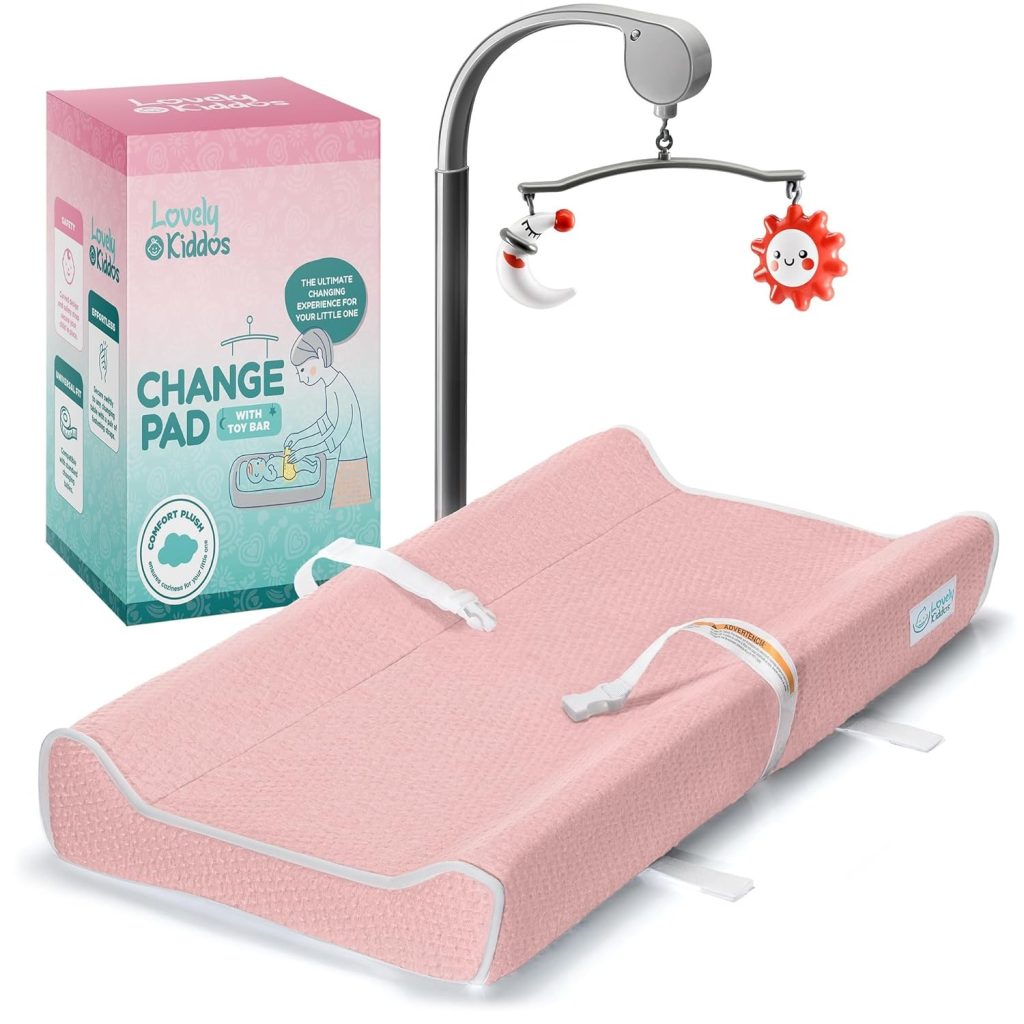
Common Mistakes to Avoid
Avoid these pitfalls to ensure your changing table topper functions safely and effectively:
- Poor Sizing
Incorrect measurements lead to edges curling or sliding. Always measure your table’s dimensions before purchasing or crafting a topper. - Neglecting Non-Slip Features
A poorly anchored topper may shift during use, risking falls. Ensure it has a secure grip via rubber backing or suction cups. - Harsh Cleaning Products
Avoid bleach or abrasive cleaners, which degrade waterproof coatings. Use mild detergents and air-dry to preserve material integrity. - Ignoring Material Quality
Cheap, porous fabrics allow leaks to seep through, damaging furniture. Prioritize waterproof, durable materials like PUL or silicone. - Overlooking Safety Checks
Regularly inspect seams and corners for wear. Replace the topper immediately if it no longer stays in place or leaks. - Mixing with Disposable Pads Incorrectly
Layering disposable pads under the topper can reduce its grip, causing slippage. Place disposables on top for optimal safety.
By addressing these issues, you maximize the topper’s utility and protect both your baby and your furniture.
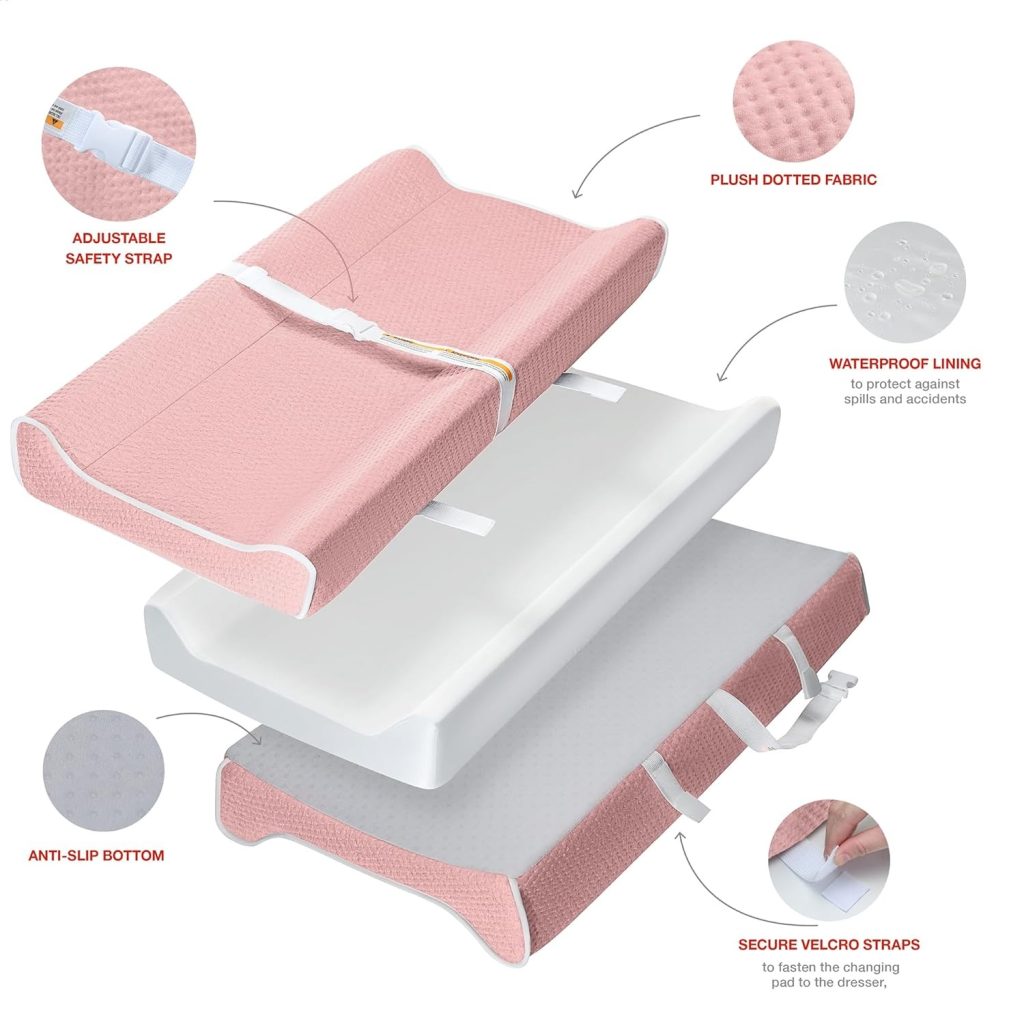
FAQs About Changing Table Topper
Q1: Can a topper replace disposable changing pads?
No—toppers protect furniture, but you still need a padded surface (e.g., a disposable or reusable pad) for baby’s comfort.
Q2: How often should I replace a topper?
Every 6–12 months, depending on wear. Replace immediately if seams split or leaks occur.
Q3: Are toppers machine-washable?
Most are, but check labels. Use cold water and mild detergent; avoid bleach or fabric softeners.
Q4: Are travel-friendly options durable?
Yes—opt for lightweight, waterproof materials like nylon or silicone for long-term use.
Q5: What size should I choose?
Measure your table precisely. Add 1–2 inches on all sides for secure coverage.
Q6: Are eco-friendly options available?
Yes—look for organic cotton or recycled polyester toppers to reduce environmental impact.
